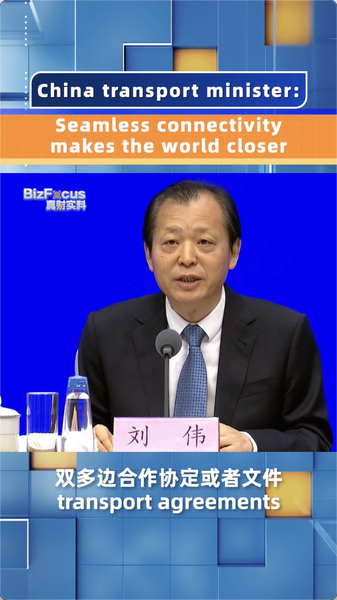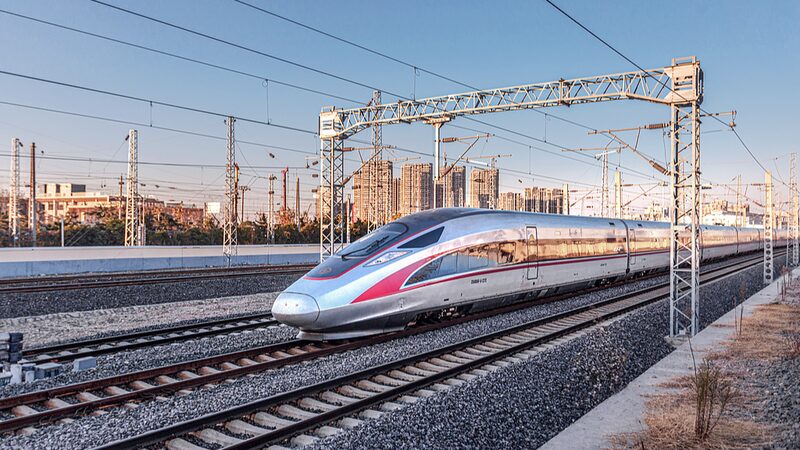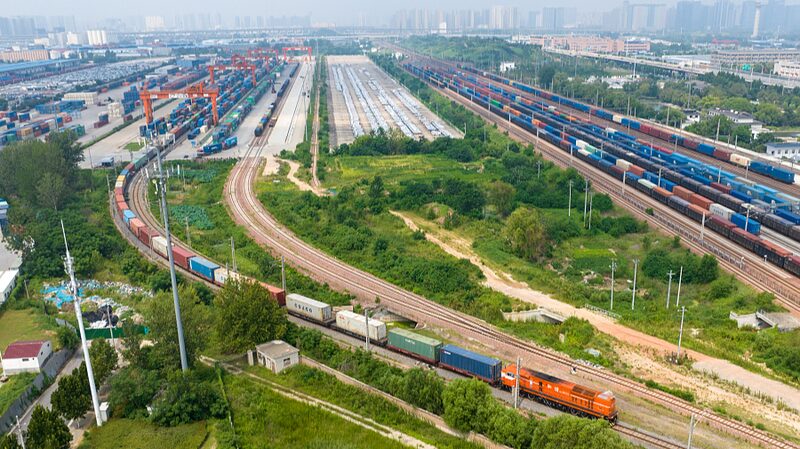China's Belt and Road Initiative (BRI) continues to reshape global connectivity, with transport infrastructure emerging as a cornerstone of international cooperation. Chinese Minister of Transport Liu Wei announced that over 270 bilateral and multilateral agreements now span railway, road, maritime, air, and postal sectors, creating what he called 'bridges of win-win connectivity.'
Rail Network Drives Cross-Continental Trade
The China-Europe Railway Express stands out as a flagship project, linking 229 European cities with more than 100 Asian urban centers. This steel-tracked trade corridor transported 1.6 million TEU containers in 2023 alone, slashing delivery times between Shanghai and Hamburg to just 18 days.
Multi-Sector Growth Across Continents
New deep-water ports in Sri Lanka and automated logistics hubs in Uzbekistan demonstrate the initiative's maritime and road transport advancements. Aviation partnerships have increased flight connectivity between the Chinese mainland and Southeast Asia by 40% since 2020.
Economic and Cultural Impacts
For business leaders, these developments signal reduced supply chain risks and new market access points. Academics note improved research collaboration through enhanced mobility, while diaspora communities benefit from faster cargo routes for cultural goods and remittances.
As Minister Liu concluded: 'Quality infrastructure remains our shared language for development.' With 78 new transport projects breaking ground in Q1 2024, Asia's physical and economic landscape continues evolving through collaborative engineering.
Reference(s):
cgtn.com








